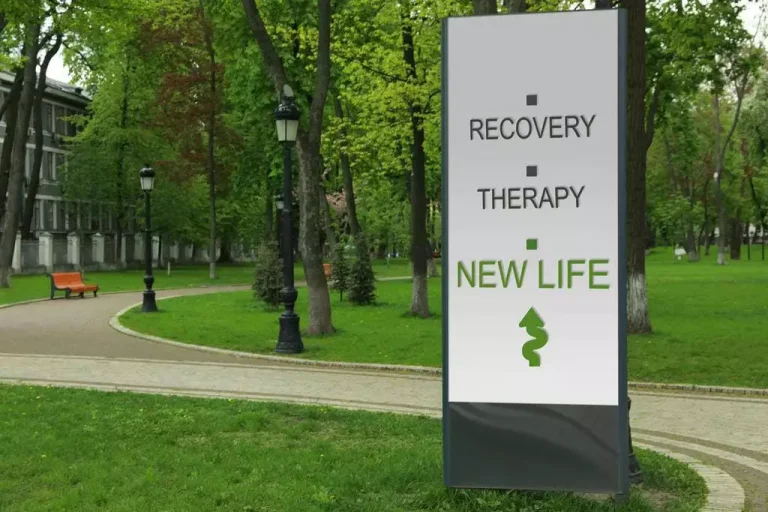Content
The Centers for Disease Control and Prevention estimates that one out of 100 children are born with FASD (Fetal alcohol syndrome) annually. The damage of FASD caused by a mother’s drinking during pregnancy is permanent and preventable. “If you are confronted by someone about your drinking, statistics say this is a very strong sign [you’re dealing with a problem drinking],” Lander added. Alcohol rehab programs include inpatient, partial hospitalization, and outpatient treatment. Inpatient programs are residential and provide alcohol detox programs and on-site therapies in a secure and supervised environment.
If you find that your social outings revolve around drinking an absurd amount of alcohol several times a week, it’s time to take a close, honest look at your behavior. The practice has become endemic to the point of these problems being overlooked altogether! What is the difference between social drinking vs. problematic drinking?
You resolve not to drink, then can’t say no
If you’re concerned about someone who drinks too much, ask a professional experienced in alcohol treatment for advice on how to approach that person. It’s not always easy to define the lines that separate people into the camps of social drinking, problem drinking, and alcoholism. Some will try to put a number to it, but we do not condone this way of thinking, since doing so would be an oversimplification. Definitionally, social drinking is someone who regularly drinks alcohol in many kinds of social settings. Contrary to popular belief, we are not the first nation to use alcohol as a social lubricant.
When a person who is ashamed of their alcohol use is questioned about their drinking, it can result in defensive anger. Concerned friends or acquaintances may notice you are drinking to excess more often, or inquire if you are okay to drive after a night out. Someone who senses their drinking has gone too far may hide or sneak drinks, in order to minimize the amount they are drinking. This could mean “pre-partying” (drinking alone before meeting up with friends), or lying about the amount of alcohol they consumed that day.
Social Drinking vs. Problem Drinking
In 1935, two years after repeal, per capita alcohol consumption was less than half what it had been early in the century. Rates of cirrhosis had also plummeted, and would remain well below pre-Prohibition levels for decades. Because a person may experience one or more relapses and return to problem drinking, it can be crucial to have a trusted psychologist or other health professional with whom that person can discuss and learn from these events. If the drinker is unable to resolve alcohol problems fully, a psychologist can help with reducing alcohol use and minimizing problems. Drinking problems also have a very negative impact on mental health. Alcohol abuse and alcoholism can worsen existing conditions such as depression or induce new problems such as serious memory loss, depression or anxiety.
Is 4 drinks a day too much?
Heavy or high-risk drinking is defined as more than three drinks on any day or more than seven drinks a week for women and for men older than age 65, and more than four drinks on any day or more than 14 drinks a week for men age 65 and younger.
Heavy drinking can cause physiological changes that make more drinking the only way to avoid discomfort. Individuals with alcohol dependence may drink partly to reduce or avoid withdrawal symptoms. People with alcohol use disorders drink to excess, endangering both themselves and others. At social gatherings, drink some nonalcoholic (water, juices and sparkling sodas) as well as alcoholic beverages. But the general rule of thumb is to take a close look and honestly assess if drinking is causing any life problems. If it’s causing difficulties with your health, relationships, daily functioning or emotions, then it’s too much.
Is My Drinking a Problem?
“Especially if they keep going.” You may also have a problem if you find yourself not thinking about what you drink at all. Using one or more of several types of psychological therapies, psychologists can help people address psychological issues involved in their problem drinking. A number of these therapies, including cognitive-behavioral coping skills treatment and motivational enhancement therapy, were developed by psychologists. Additional therapies include 12-Step facilitation approaches that assist those with drinking problems in using self-help programs such as Alcoholics Anonymous (AA). The erosion of self-esteem drives alcoholics to drink with every difficult decision or challenge in their lives.
However, if you engage in social drinking multiple times a week, this can give way to increased tolerance and a desire to drink more. Drinking is not the only way to unwind, relax, or celebrate a momentous occasion. There are many other ways to have fun, yet people will still consume alcohol without thinking of the immediate consequences. Excessive amounts can leave lasting effects on your body and overall health. As stated earlier, not all social drinkers are going to become alcoholics, but for others, the decline can be apparent from several different factors.
Getting together with friends on the weekend to catch up over drinks is a very normal social activity for many people. They may drink to wind down after a long week or https://ecosoberhouse.com/article/social-drinking-and-drinking-problem/ to feel more sociable. This isn’t necessarily a problem, but it’s important to be aware of whether your social drinking is crossing the line into problem drinking.
- And it can be common for people with alcohol use disorder to deny the negative effects of drinking or that they even have a problem.
- Some of the most popular alcohol-filled festivals in the country include the Firefly Music Festival, Lollapalooza, South by Southwest and Coachella.
- A better understanding of the influence online social networking sites and new media have on alcohol use is particularly important among adolescent populations, and this should be explored more fully in future studies.
- Today, alcohol continues to function as a popular form of socialization all over the world.
- By entering your email and clicking Sign Up, you’re agreeing to let us send you customized marketing messages about us and our advertising partners.
Whether you choose to go to rehab, rely on self-help programs, get therapy, or take a self-directed treatment approach, support is essential. Recovering from alcohol addiction is much easier when you have people you can lean on for encouragement, comfort, and guidance. Without support, it’s easy to fall back into old patterns when the road gets tough. Drinking to relieve or avoid withdrawal symptoms is a sign of alcoholism and a huge red flag. When you drink heavily, your body gets used to the alcohol and experiences withdrawal symptoms if it’s taken away. Self-reported unfair treatment and racial discrimination has been linked to higher alcohol use among Asian Americans (Chae et al. 2008; Gee et al. 2007; Yoo et al. 2010) and Latinos (Mulia et al. 2008).
Celebrities On The Importance Of Mental Health
People are often surprised to find out what counts as a standard drink. The amount of liquid in a glass or bottle doesn’t necessarily tell you how much alcohol is in the beverage — for example, light beer can have almost as much alcohol as a regular beer. Knowing what counts as a standard drink can be a helpful tool in monitoring a person’s alcohol intake. Many signs can help you identify whether or not you have a drinking problem. Unfortunately, some people wrongfully assume if they’re able to maintain their responsibilities, they don’t have a drinking problem. Admitting a loved one has a problem with alcohol can be painful for the whole family, not just the person drinking.
How do you control social drinking?
- Pace yourself. Sip slowly.
- Include food. Don't drink on an empty stomach.
- Avoid triggers. If certain people, places, or activities tempt you to drink, try to avoid them.
- Seek healthy alternatives.
- Track and control how much you drink.
- Get help.
Other effects of alcohol may include improper liver function and cirrhosis, cancer of the mouth, throat, breast, liver, and esophagus, and a weakened immune system. These are all self-designations, not medical terms, so they’re open to broad interpretation. Over time, groups that drank together would have cohered and flourished, dominating smaller groups—much like the ones that prayed together. Moments of slightly buzzed creativity and subsequent innovation might have given them further advantage still. In the end, the theory goes, the drunk tribes beat the sober ones. In 2012, Slingerland and several scholars in other fields won a big grant to study religion from an evolutionary perspective.






